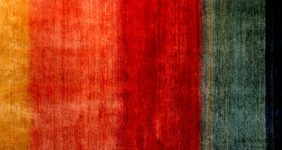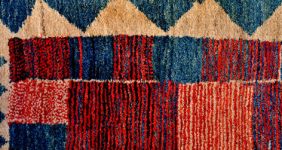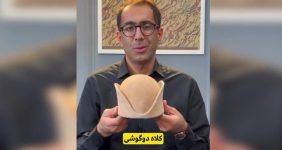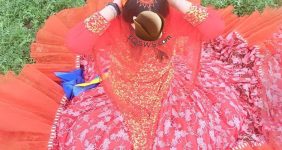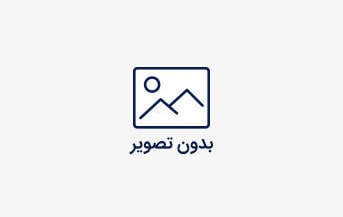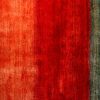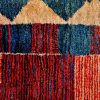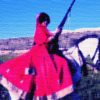Attire of Qashqai Nomadic Women 4
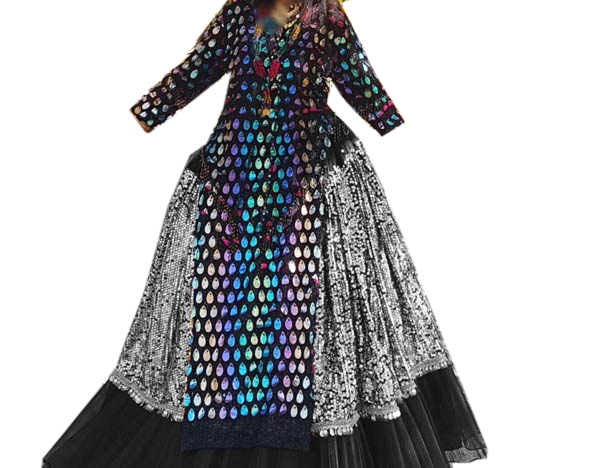
Women’s Dress
A dress, as a garment, should be in harmony with the type of work and activity, profession and occupation, nomadic lifestyle, age of individuals, and the location and time. Therefore, they choose a fabric that is relatively thick yet possesses elegance and delicacy, and it is cut and sewn according to the prevalent style within the tribe. The fabric’s quality has a direct correlation with individuals’ income, and its color and design depend on the age of the individuals. Typically, children and young people use bright and floral colors, while widows or mourners use black and navy blue. Since the 12th century (Gregorian calendar), wearing black clothing for mourning a spouse has become customary in Iran.

The dresses of tribal women are long, extending below the knee, and have a completely closed collar. On both the right and left sides, two slits extend from the bottom to near the waist, which allows for freedom of movement, enabling women to move and be active easily while wearing it. The sleeves of the dress extend to the wrists, and the cuffs are made elastic to avoid hindering work and movement.
Since an Arkhalig (a type of outer garment) is worn over the dress, its embellishments are limited to the collar and chest. The dresses worn by older women are simple and without ornamentation, but young girls, especially newlyweds, decorate their dresses with various types of embroidery, edging, sequins, beads, and beaded designs and patterns.
The slit dress has been common in most regions since the early 16th century, but it is more prevalent among Iranian tribes, especially the Qashqai, who wear long dresses. An important point is that the collar of Qashqai dresses is completely closed and buttoned. However, in the modern era, as designers and tailors have embarked on a path of creativity and design, replacing traditional clothing with new garments, they have unfortunately disregarded religious issues and customs and traditions, giving more importance to dance attire, outward appearances, and the modern lifestyle. Due to this trend of modernism, the sewing and form of tribal clothing have also begun to change, to the point where they sew the collar opening in a crescent shape instead of using buttons, and kimonos, saris, and Western fashions are on the verge of replacing the modest, covered, and simple clothing of the past.
This information is taken directly from the book Siyəh Çadorha – Mənuçehr Kiyani
کتاب سیاه چادرها از دکتر منوچهر کیانی (in persian)
To be continued…

